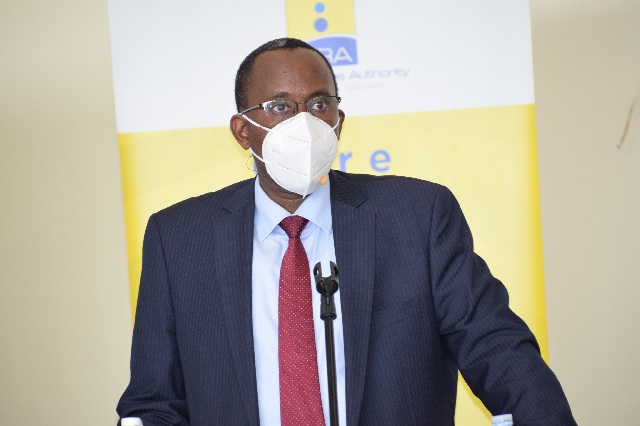
Kampala, Uganda | THE INDEPENDENT | Uganda Revenue Authority (URA) has in 2020/21, the first full financial year in the period of COVID-19 recorded a growth in net revenue collections of 15% to Shs19.263 trillion compared to the previous year.
In real terms, this reflects a growth in revenue of Shs2.511 trillion, while the tax to GDP ratio grew by 1% to 12.99%. According to records, this is the highest growth registered in the last four years.
This also shows how much the revenues in the 2019/2020 were hard-hit by the onset of the pandemic that saw most of the economic activities shut down in the economic lockdown between March and June.
However, this performance means the URA did not hit the target set by the Ministry of Finance, Planning and Economic Development to collect Ushs21.638 trillion in revenue. In comparing URA’s performance with other East African Community countries whose revenue bodies met their targets, the URA Commissioner General John Musinguzi Rujoki says unlike them, Uganda set the target based on the projections before COVID-19 set in.
In the EAC region however, URA had the highest year on year revenue growth, while in Tanzania there was a 0.1% drop in collections. Domestic revenues or revenues from in-country activities grew by 13.7% to Ushs12.14 trillion, but the collections were below the target of Ushs14,038.18 trillion. In the same way, customs revenue which is from international trade amounted to Ushs7.5 trillion against a target of Ushs8 trillion, but registered an impressive growth of 16.43%.
But the growth was also attributed to a good revenue recovery which amounted to Ushs1 trillion, mainly attributed to the Alternative Dispute Resolution, which recovered Ushs365 billion, the voluntary disclosure initiative, close monitoring of Memorandum of Understanding for installment payment among others.
Other factors that led to the improvement are the implementation of the Digital Tracking Solutions and the Electronic Fiscal Receipting Solution (EFRIS) which boosted performance.
As shown in other reports, the economic recovery has not been uniform with some sectors growing faster than others, while others registered a decline from the previous year. Musinguzi cites education, arts and entertainment and accommodation as particularly doing badly.
Other previously well-performing sections that were affected by the pandemic include the Pay-As-You-Earn that led to shortfall of Ushs315.51 billion, mainly due to scale down in number of employees by some organizations. The corporate tax collections were also below target by Ushs239.93 billion, owing to losses made in the adversely affected sectors. On another positive note, URA reports that during the financial year 2020/21, 189,377 new taxpayers were added to the taxpayer register. By the end of the year, the register had 1,783,493 taxpayers.
“In addition, process improvements were undertaken like the Tax Identification Number (TIN) registration which has been simplified, from excel templates into a simple single web form to facilitate taxpayer registration. This has further been linked with the NIRA database to make it easier to register for tax once you have a NIN,” says Musinguzi.
*****
URN
 The Independent Uganda: You get the Truth we Pay the Price
The Independent Uganda: You get the Truth we Pay the Price


